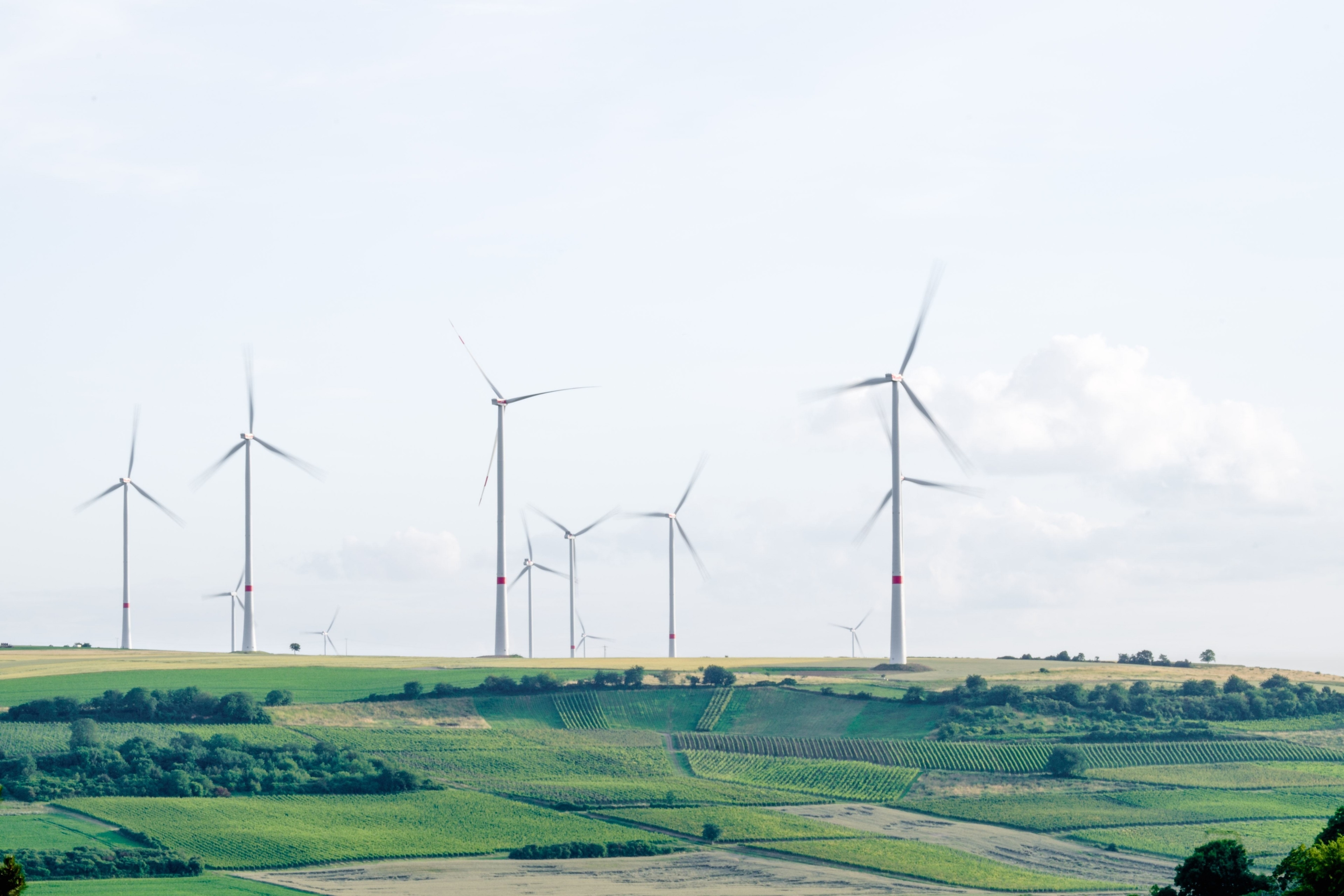Zinc is critical for the low-carbon economy. Here's why
- Zinc is one of the world’s most versatile and essential materials.
- It is the fourth most used metal in the world behind iron, aluminum and copper.
- It plays a critical role in enabling green technologies such as solar and wind power.
- Zinc-ion batteries are also considered safer than lithium-ion batteries for use in electric vehicles.
When asked to describe how the metal zinc is used, people often mention vitamins, sunscreen, or metal coating.
But few are aware of zinc’s applications in transportation, infrastructure, electronics, food security, and renewable energy.
This graphic by Teck shows how zinc is playing a key role in the low carbon economy.
Zinc, the Versatile Metal
Zinc is one of the most versatile and essential materials known to mankind. It is the fourth most used metal in the world behind iron, aluminum, and copper.
The primary use of zinc is in the galvanizing process, which protects iron and steel from rusting. Zinc coatings play a key role in public transportation and infrastructure by extending the life of steel used in bridge rails and support beams, railway tracks, and public transportation hubs and terminals.
Additionally, zinc can be alloyed with other metals and used for die-casting into shapes such as door handles, alloyed with copper to make brass, and alloyed with copper and sometimes other metals to make some types of bronze, like architectural bronze or commercial bronze.
Have you read?
Furthermore, zinc also has applications in energy storage. Zinc-carbon batteries were the first commercial dry batteries, providing a higher energy density at a lower cost than previously available cells.
Due to its growing role in energy storage and its superior ability to protect metals against corrosion, zinc remains an essential material for the future.
Zinc in the energy transition
Zinc-ion batteries are considered safer than lithium-ion as they use a water-based chemistry, avoiding the fire problem that occurs with Li-ion batteries in electric vehicle (EV) battery packs.
Galvanized steel requires zinc and is the preferred material used by EV manufacturers for car bodies. The average EV requires 0.2 tonnes of steel.
Zinc is 100% recyclable—it can be recovered and reused without a loss in quality. Currently, 30% of all zinc produced worldwide originates from recycled or secondary zinc.
The metal plays a critical role in enabling other green technologies too, like solar and wind. Zinc coatings protect solar panels and wind turbines and prevent rust. A 10MWh offshore wind turbine requires 4 tonnes of zinc, while a 100MWh solar panel park—enough to supply 110,000 homes—requires 240 tonnes of zinc.
Naturally abundant
Zinc is a $40 billion per year market. Different from other metals, zinc is naturally abundant and resources are available to meet future demand for many generations.
As the world transitions to a low-carbon economy, zinc will continue to play a key role in supporting clean energy technologies.
World Economic Forum Type may be republished in accordance with the Creative Commons Attribution-NonCommercial-NoDerivatives 4.0 International Public License, and in accordance with our Terms of Use.





沒有留言:
張貼留言